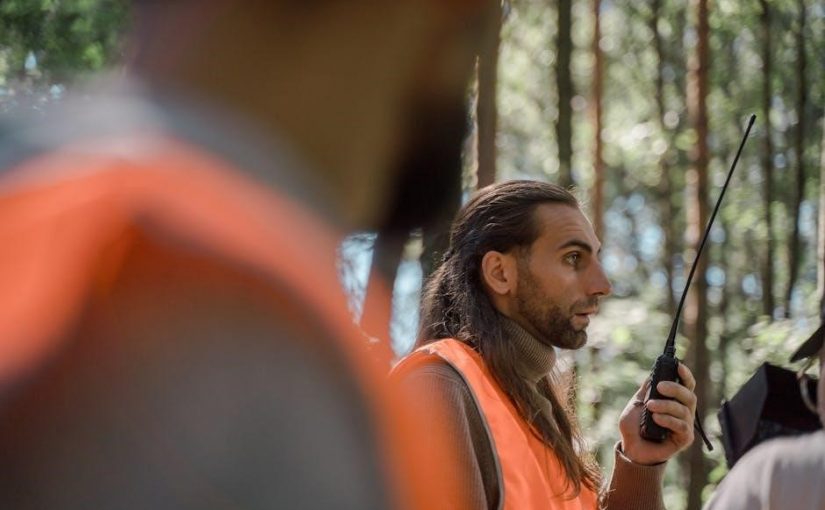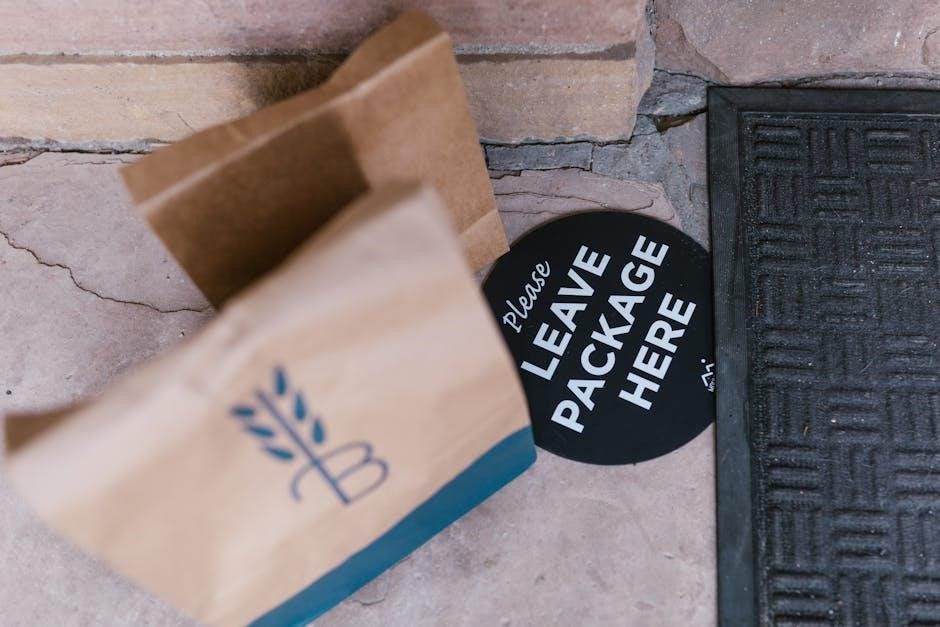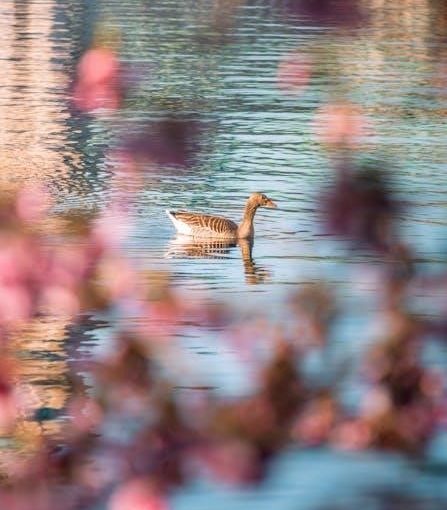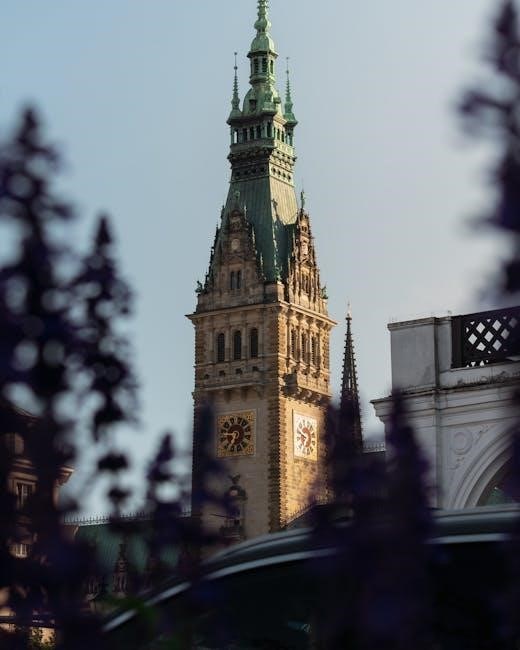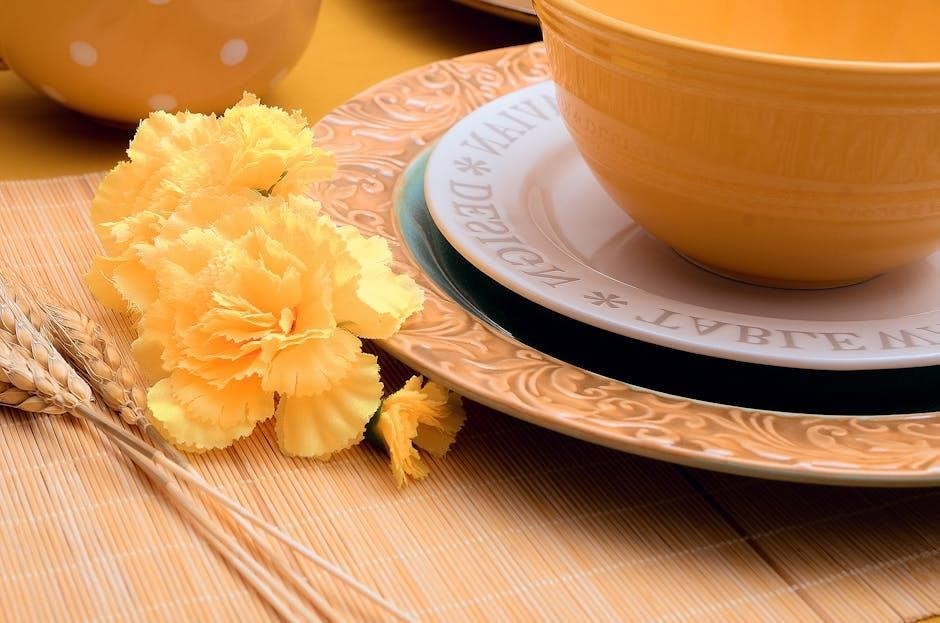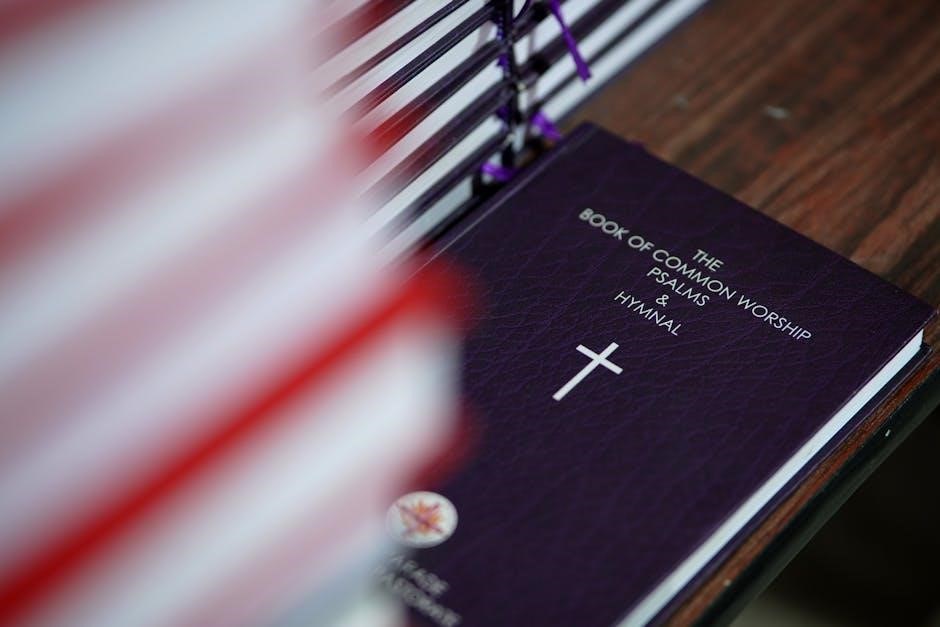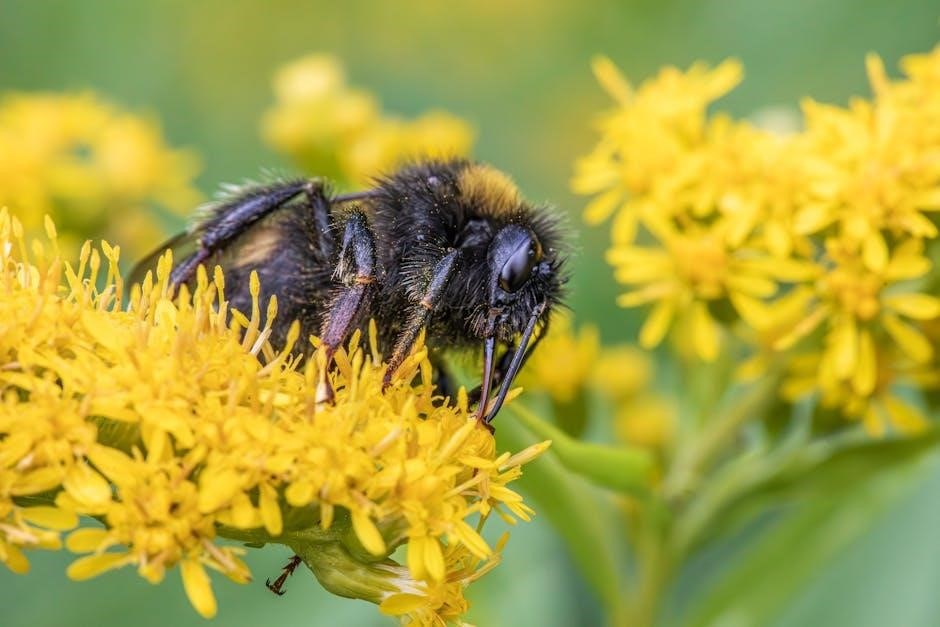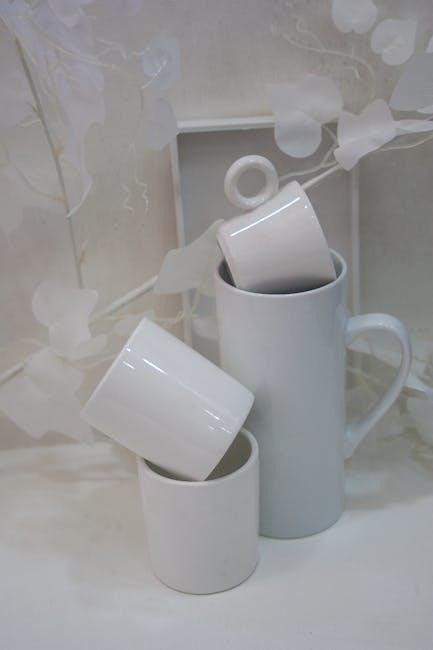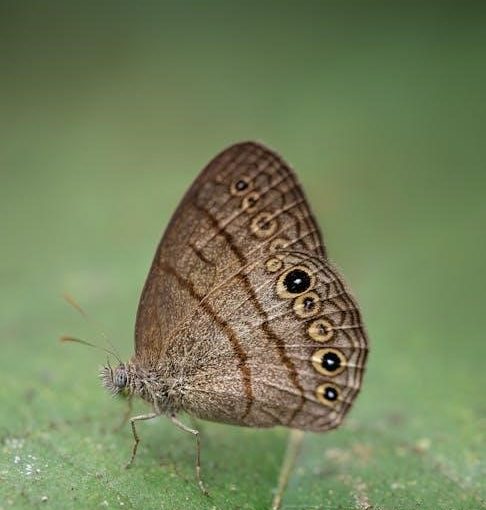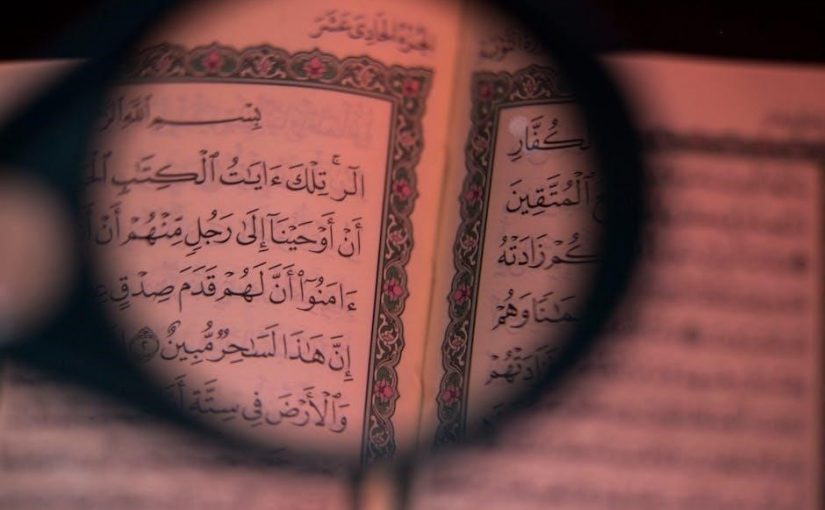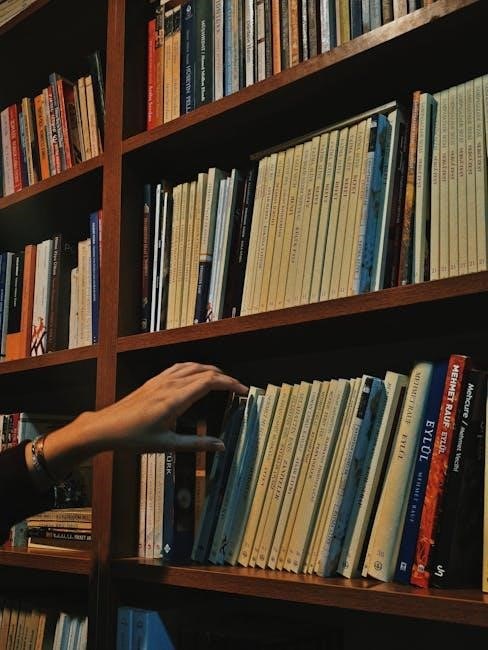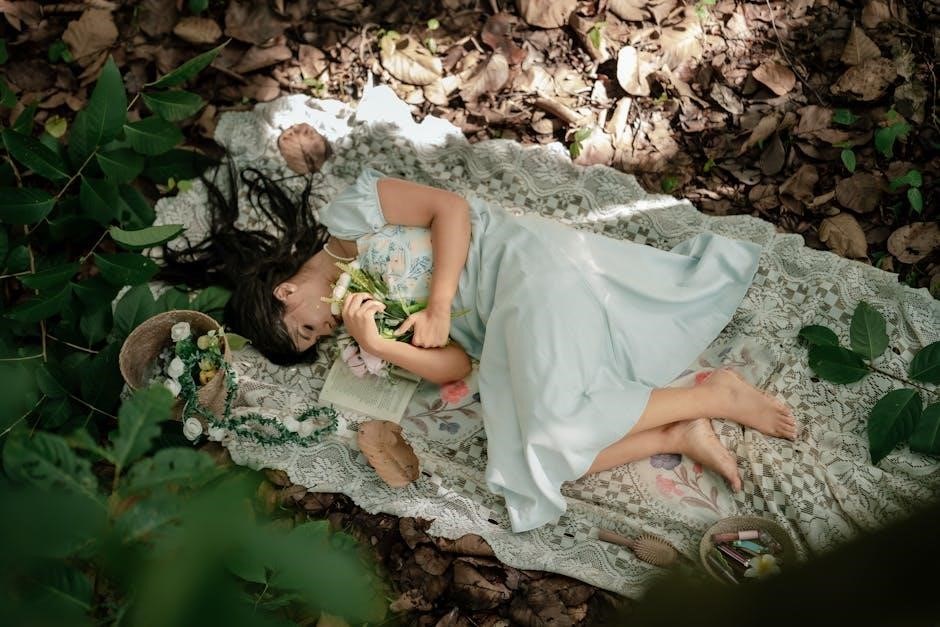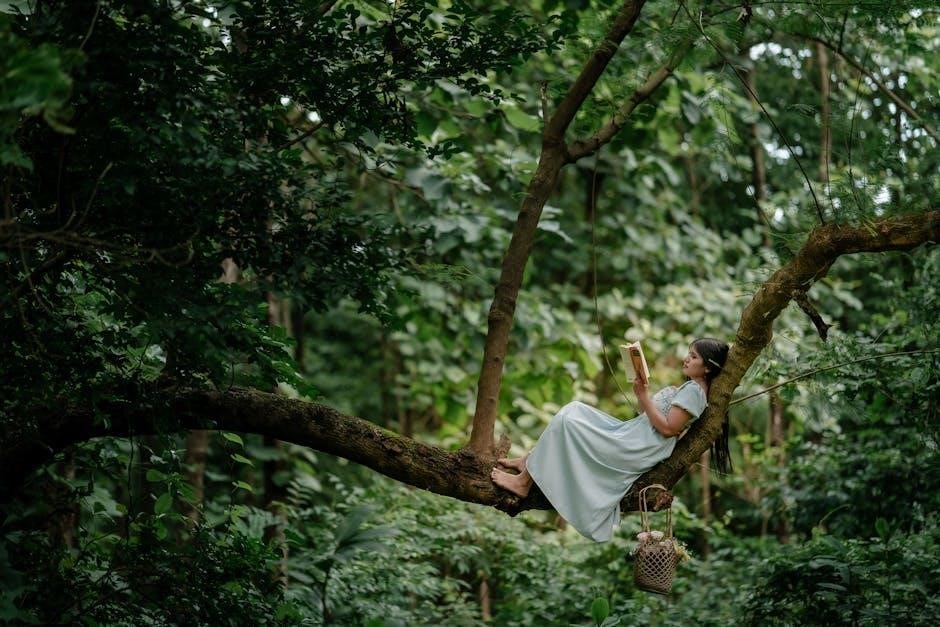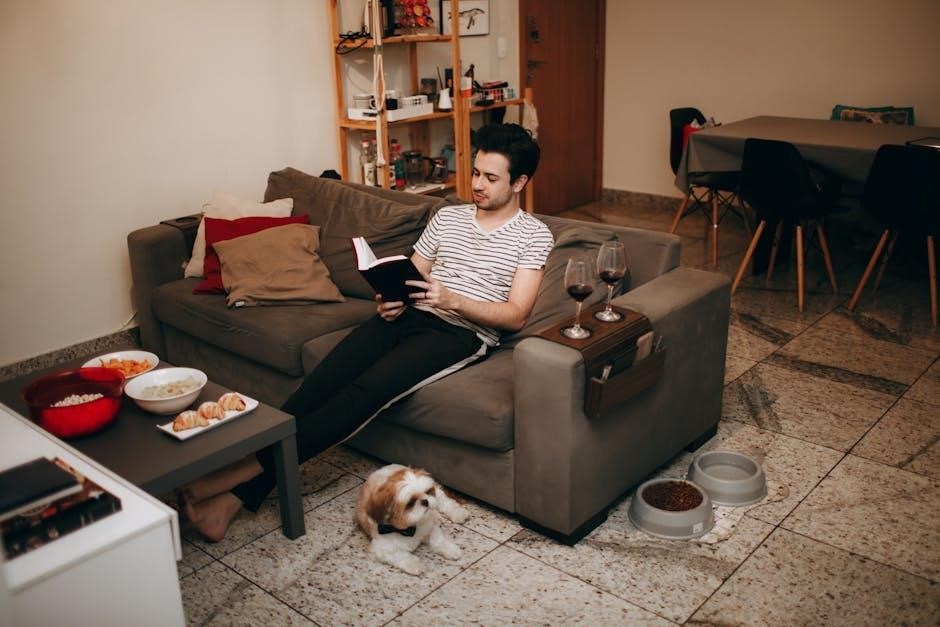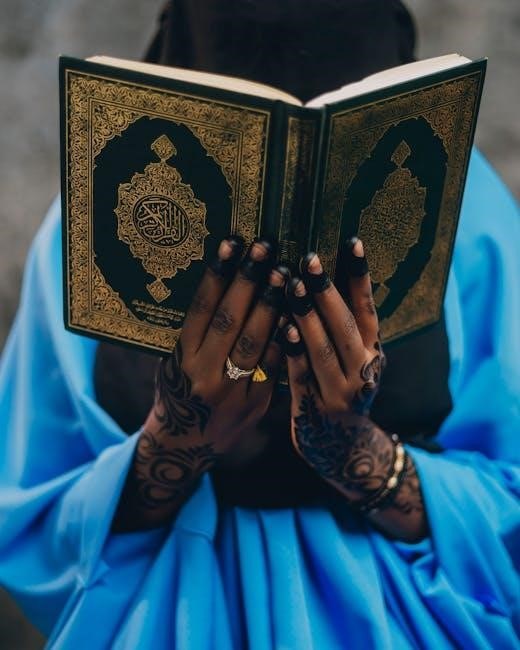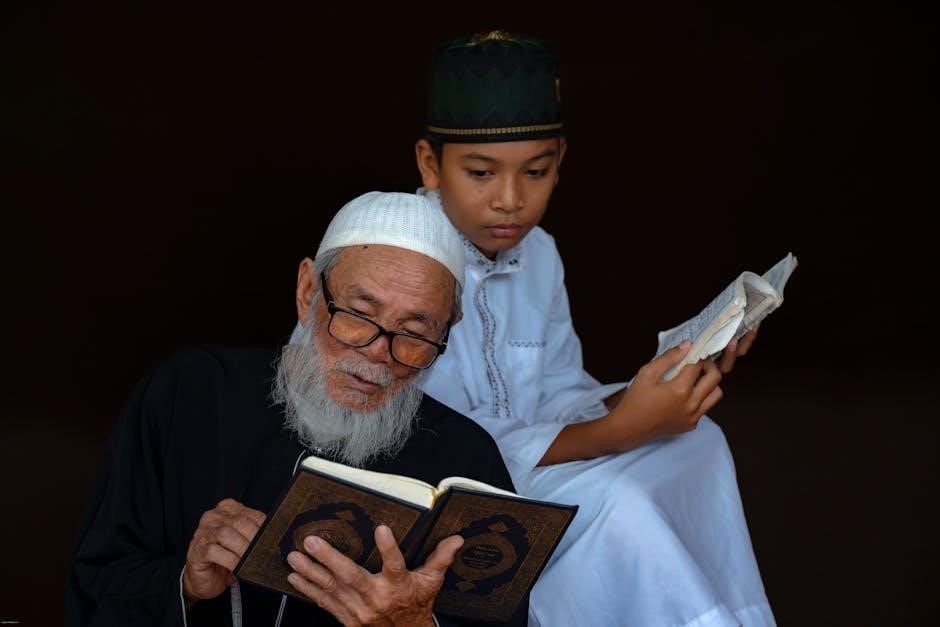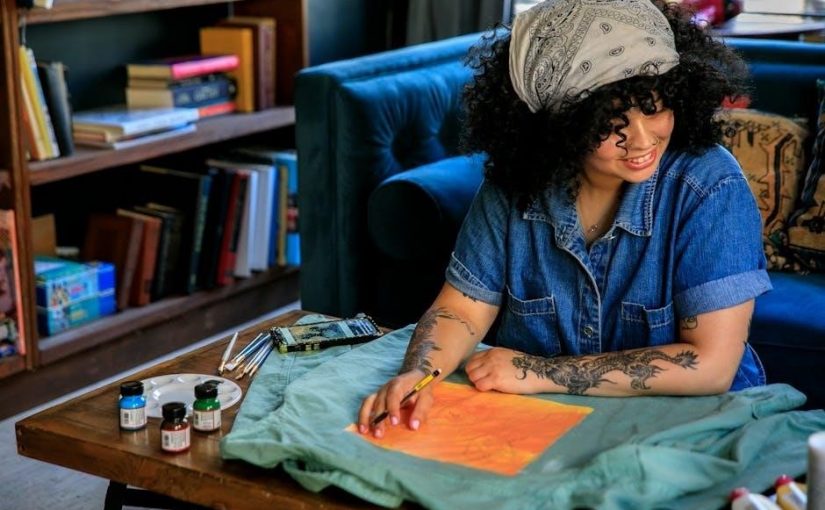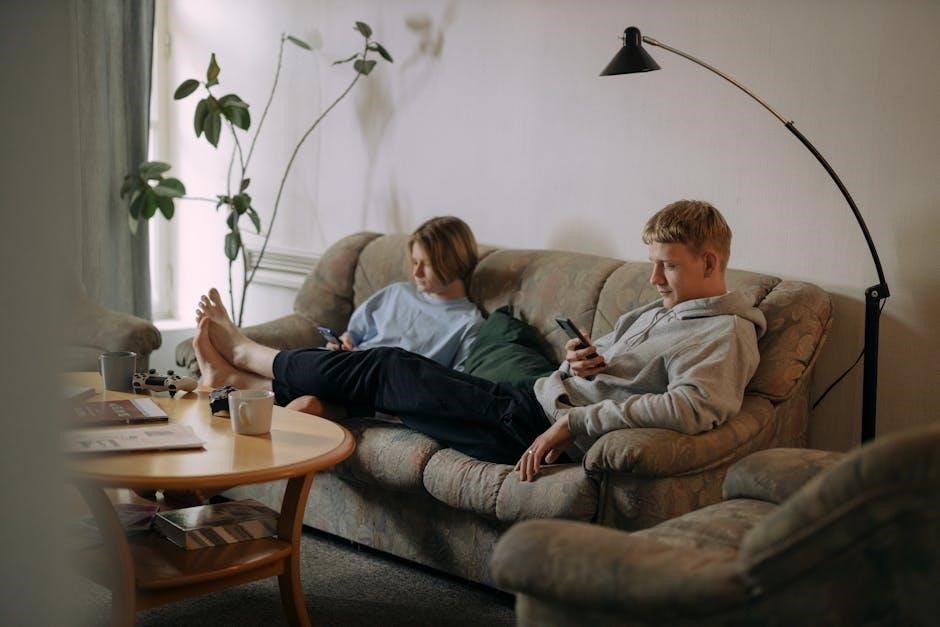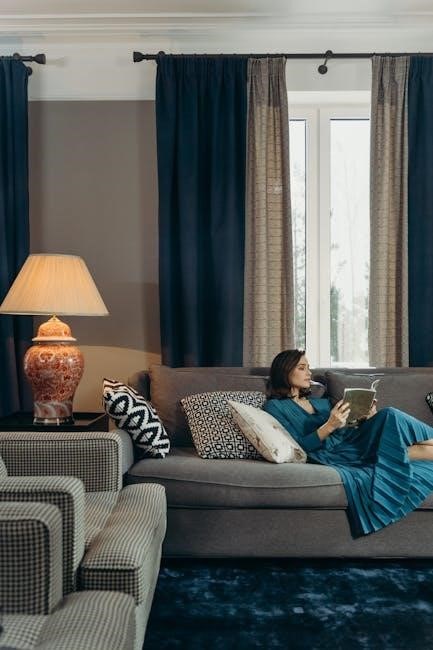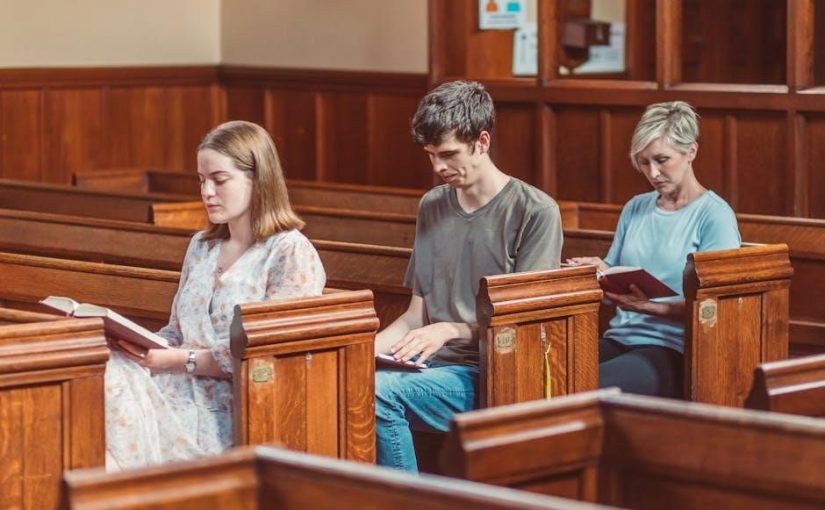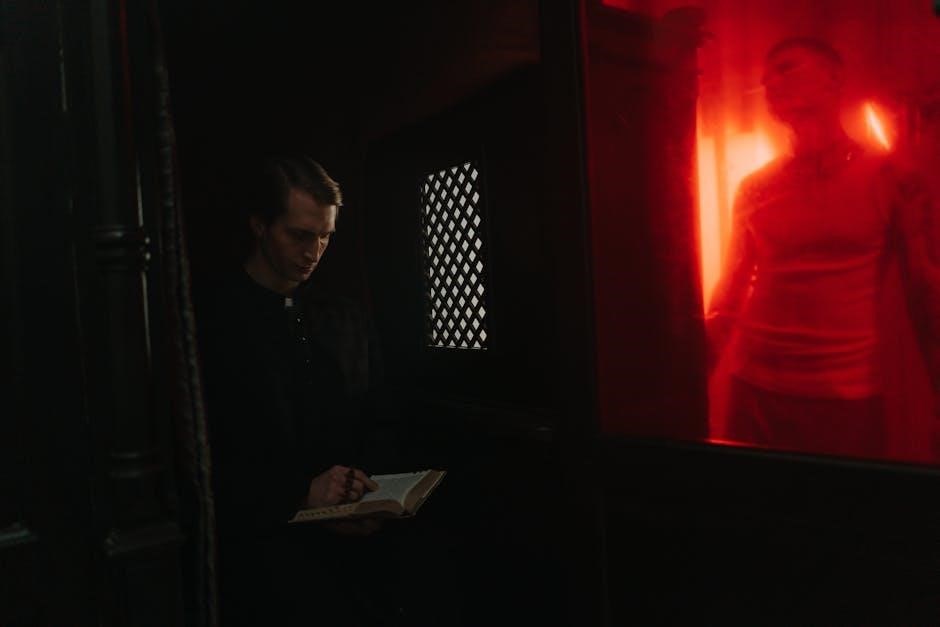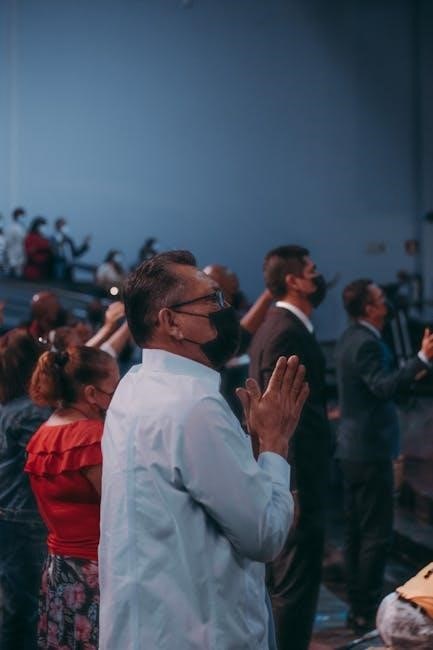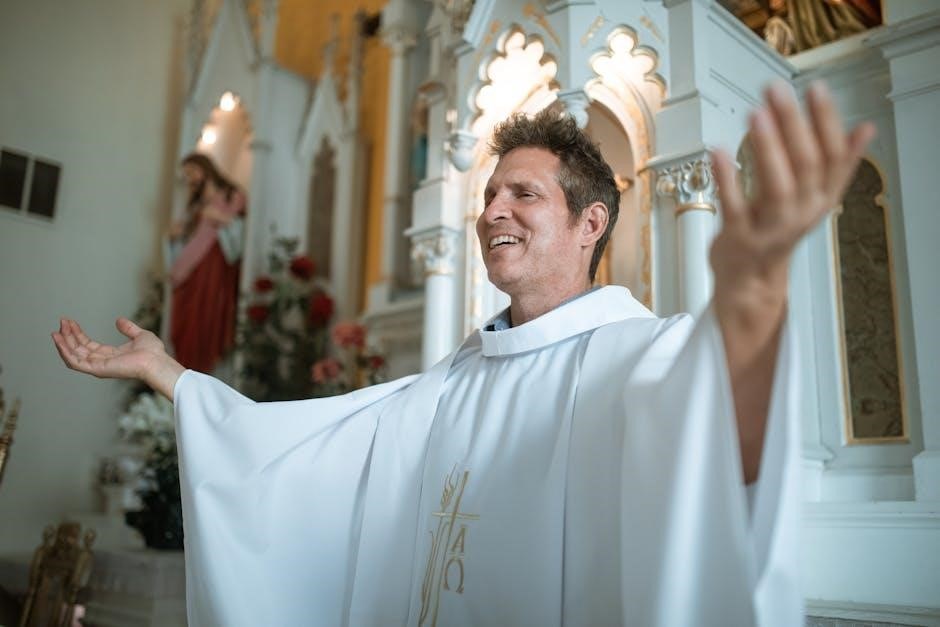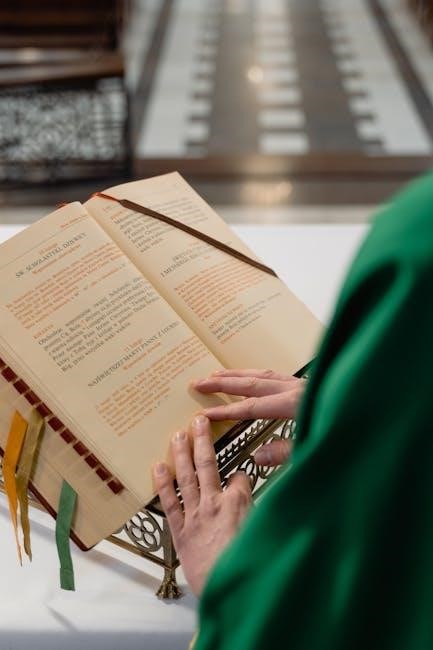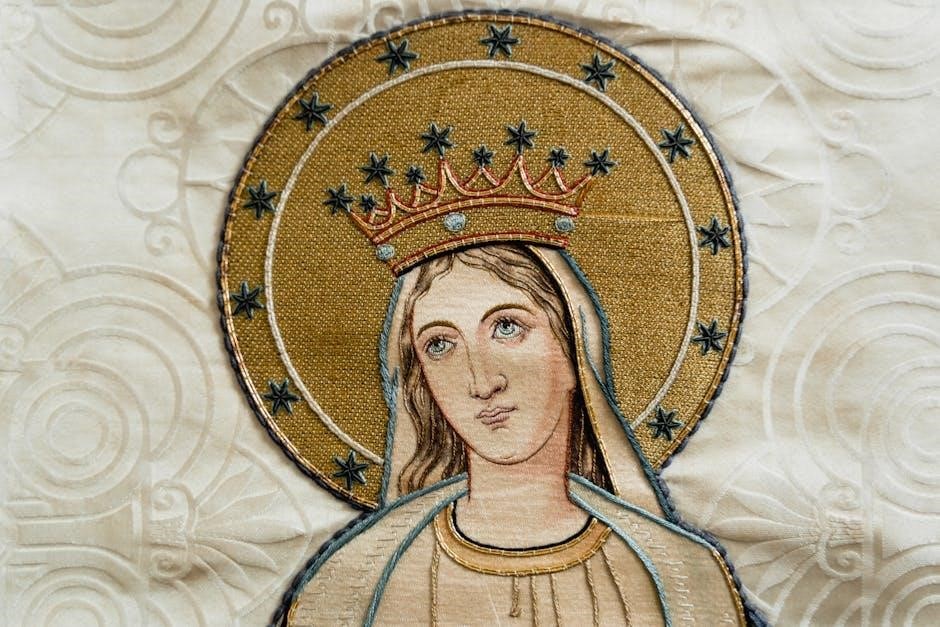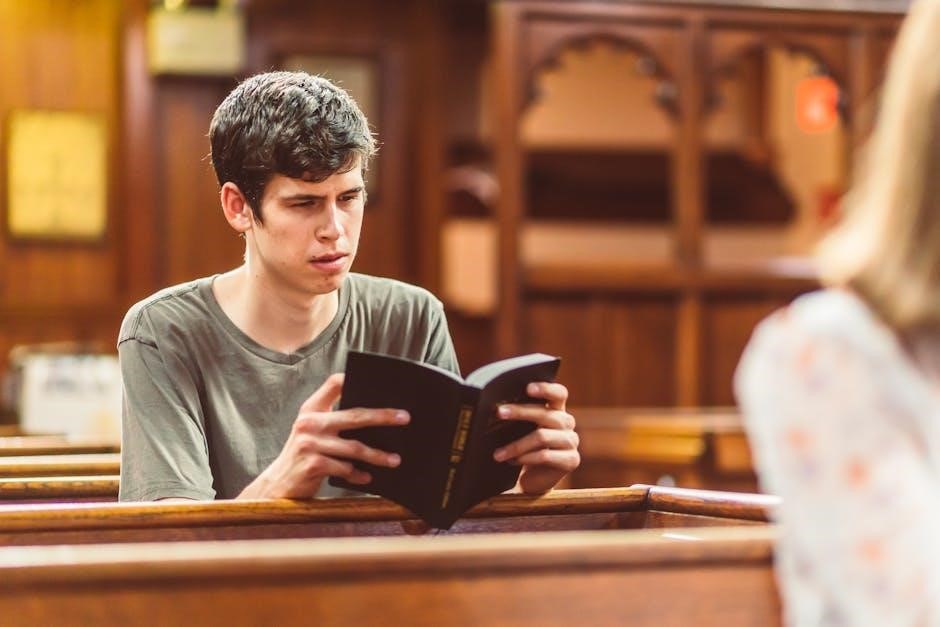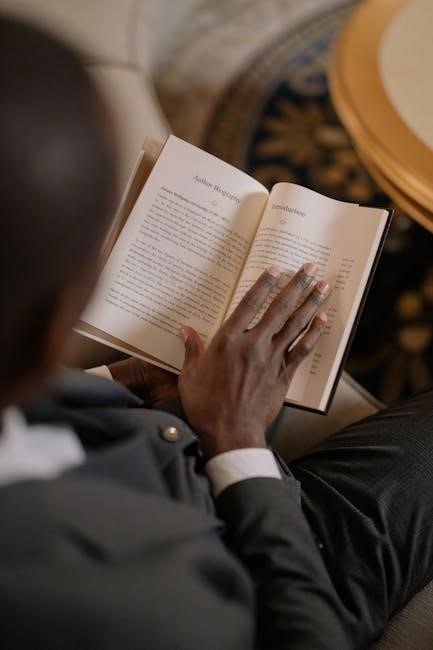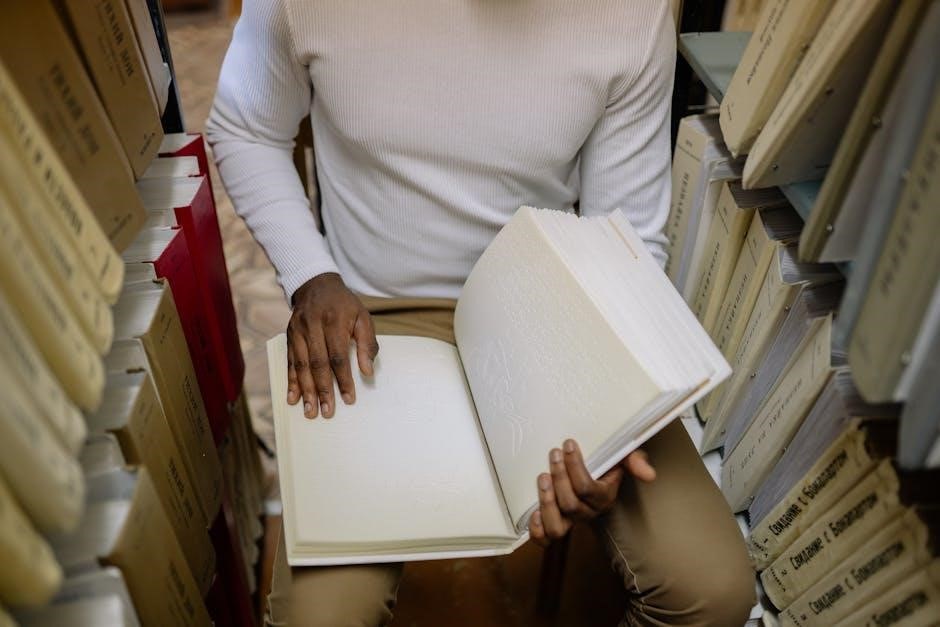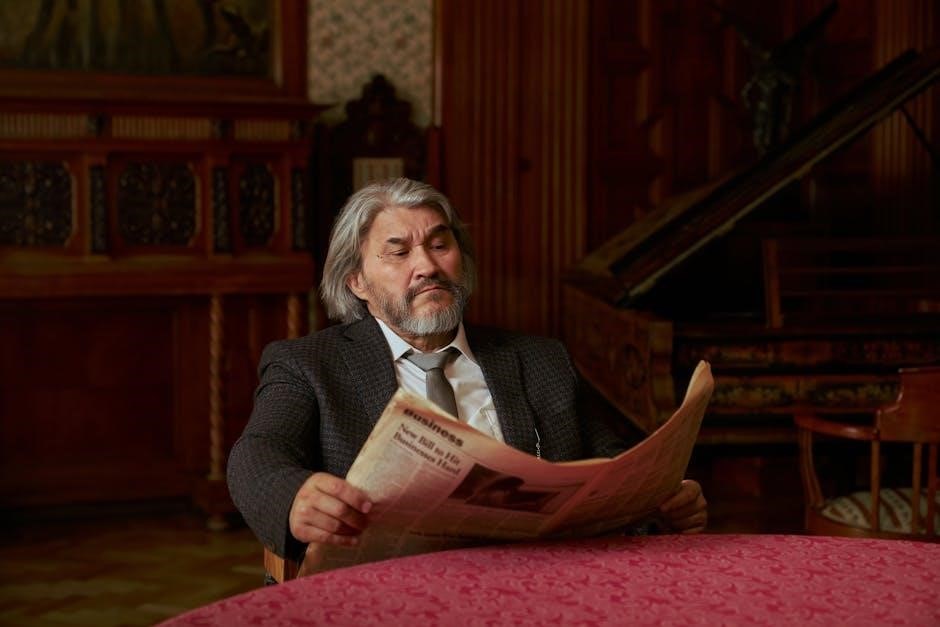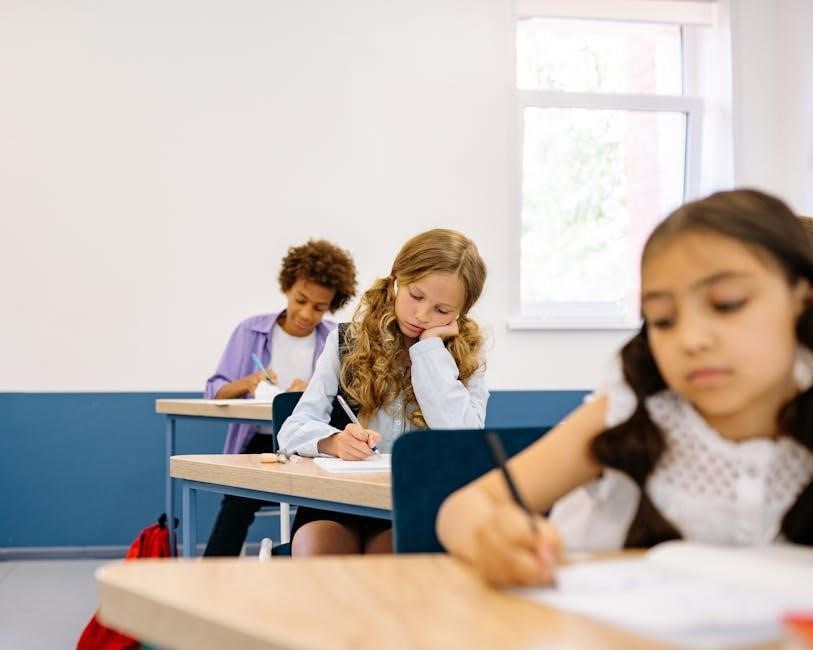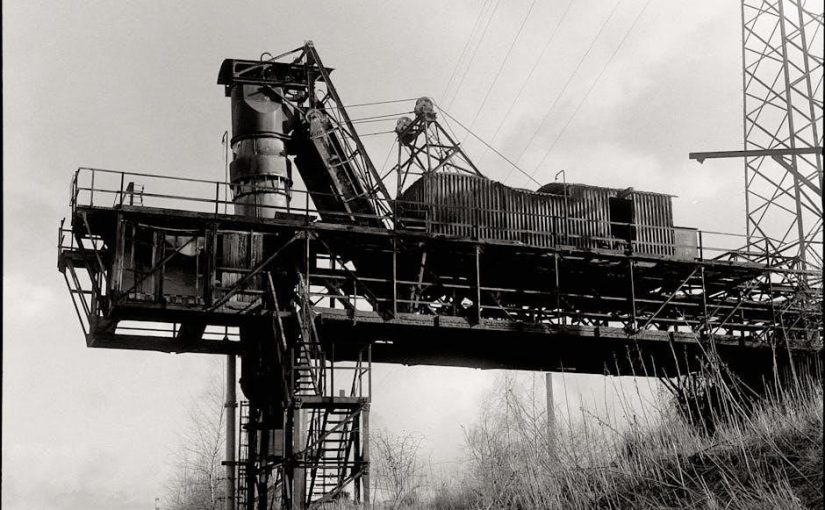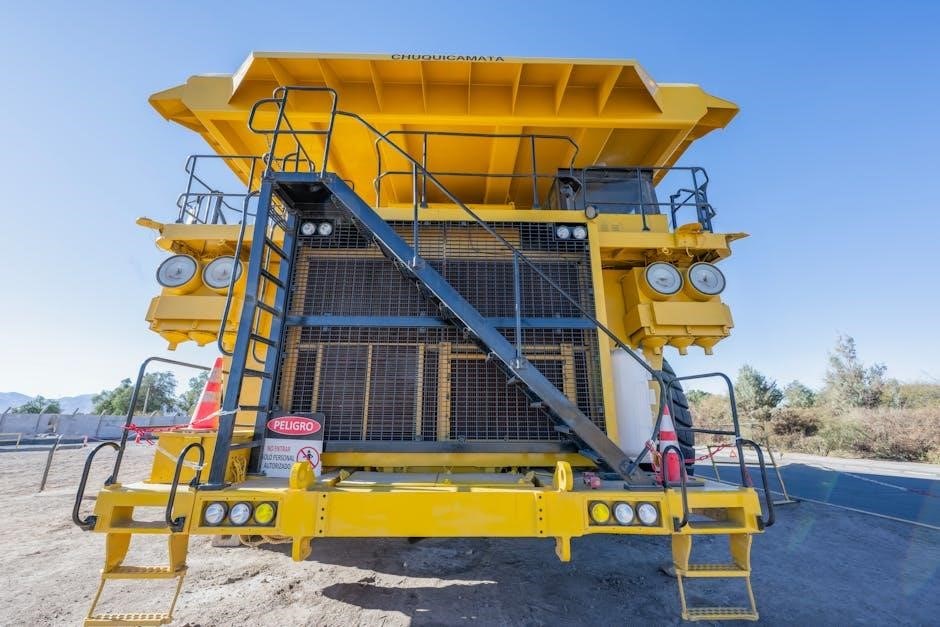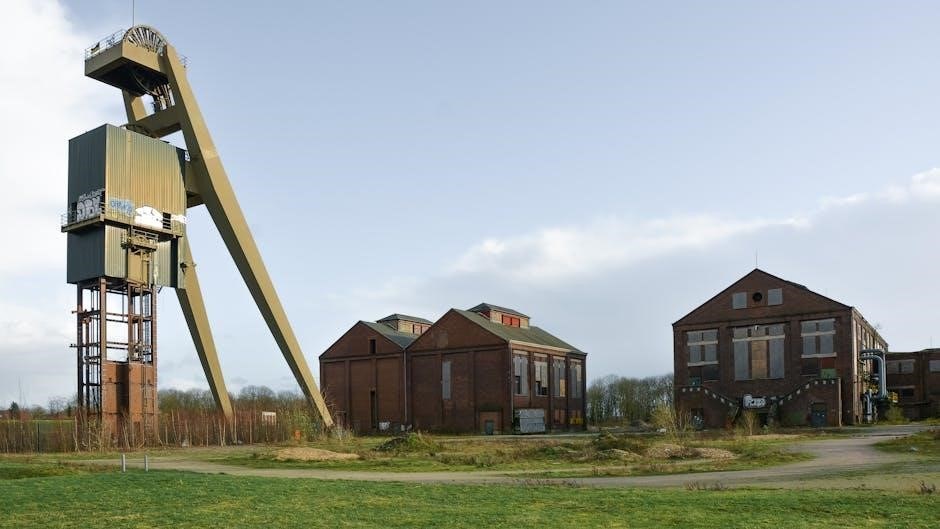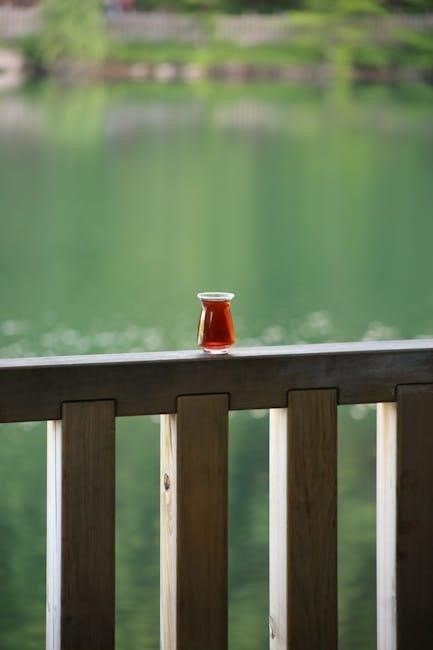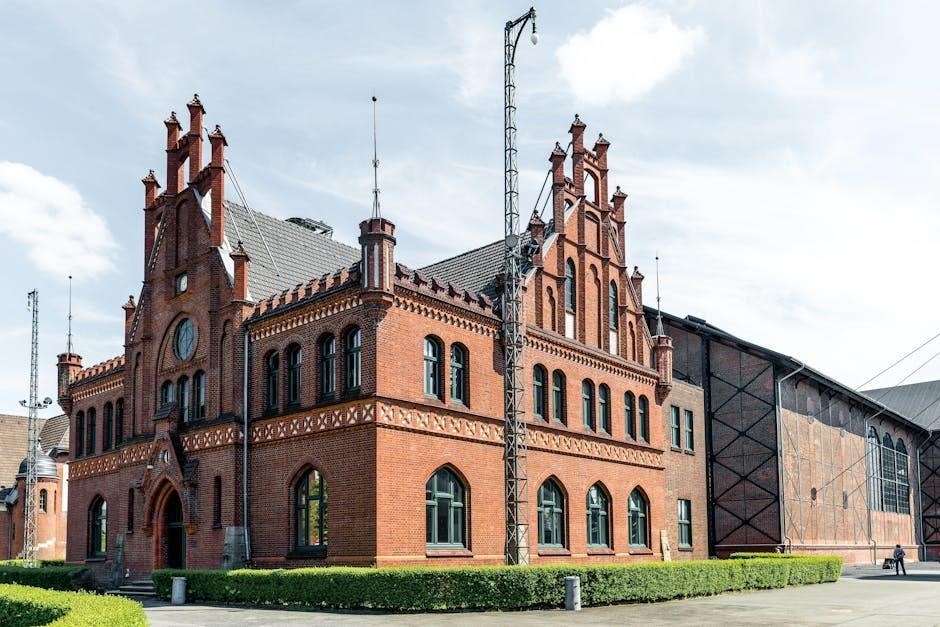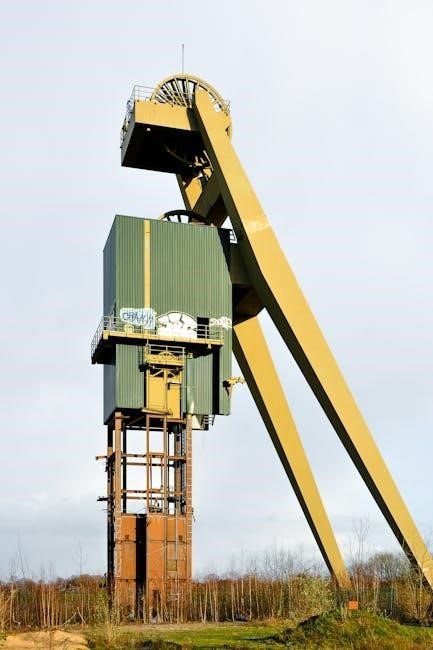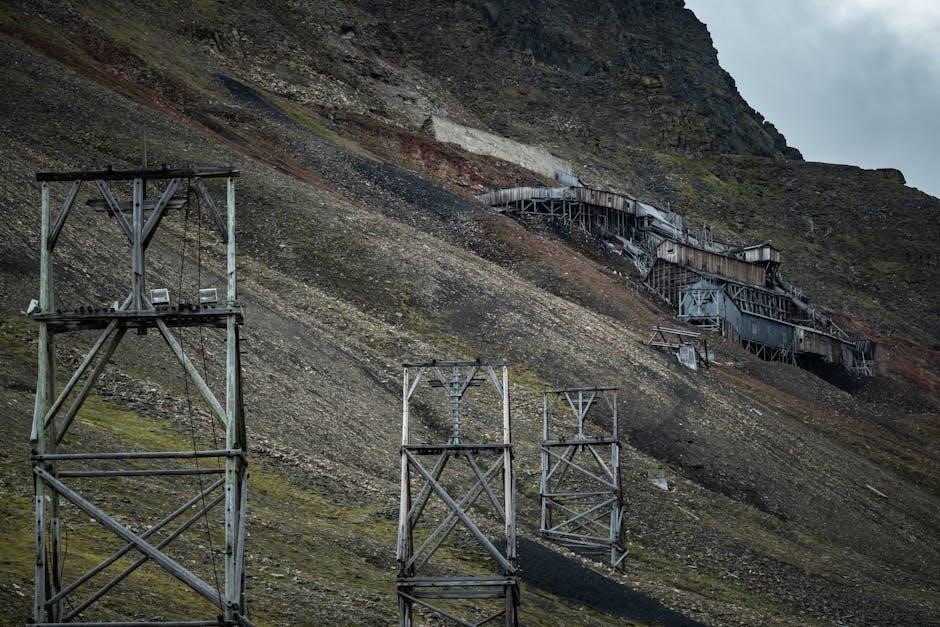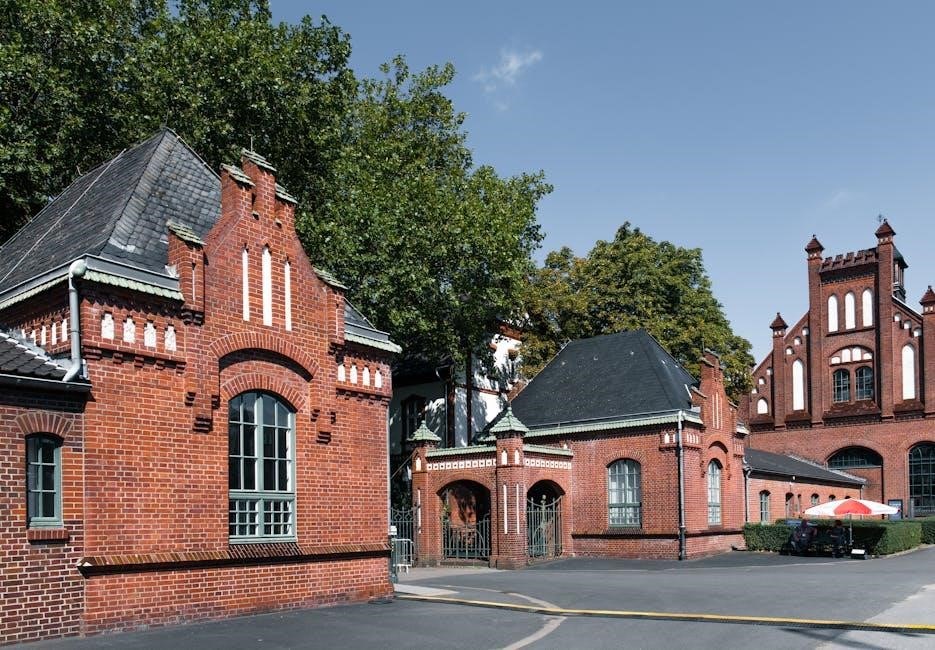This manual provides essential guidance for 2013 Chevy Malibu owners‚ covering operation‚ maintenance‚ and safety features. Understanding your vehicle ensures a safe and enjoyable driving experience.
Overview of the 2013 Malibu
The 2013 Chevrolet Malibu represents a mid-size sedan designed with a focus on style‚ efficiency‚ and technology. Offered in LS‚ LT‚ ECO‚ and Turbo trim levels‚ it catered to a broad range of drivers. Engine options included a 2.4L four-cylinder‚ a 2.5L four-cylinder‚ and a potent 3.6L V6.
Key features encompassed a comfortable interior‚ available MyLink infotainment system‚ and enhanced safety technologies. The 2013 model year aimed to deliver a refined driving experience‚ balancing fuel economy with performance. Understanding these core aspects is crucial for maximizing your Malibu’s potential and enjoying its capabilities.
Importance of the Owner’s Manual
Your 2013 Chevy Malibu owner’s manual is a vital resource for maximizing vehicle enjoyment and longevity. It details everything from routine maintenance schedules – like checking fluid levels and tire pressure – to operating complex systems such as the infotainment and safety features.
Familiarizing yourself with the manual helps prevent costly repairs‚ ensures safe operation‚ and unlocks the full potential of your vehicle. It provides troubleshooting guidance for common issues‚ like a dead battery or overheating‚ and explains warranty information. Treating this manual as a key component of vehicle ownership is highly recommended.

Understanding Your Vehicle
This section details key components of your 2013 Malibu‚ including dashboard symbols‚ entry systems‚ and seat adjustments‚ for optimal control and safety.
Dashboard Symbols and Indicators
The 2013 Chevy Malibu’s dashboard utilizes a series of symbols and indicators to communicate vital vehicle information. Familiarizing yourself with these is crucial for safe operation. Illuminated icons demand immediate attention‚ such as the check engine light‚ oil pressure warning‚ and battery alert.
Other symbols provide status updates‚ like turn signal indicators‚ high beam activation‚ and cruise control engagement. Pay close attention to temperature gauges and fuel level indicators. Refer to the manual’s detailed diagrams for precise definitions of each symbol. Ignoring warning lights can lead to costly repairs or hazardous situations‚ so proactive understanding is key to responsible vehicle ownership.
Keyless Entry and Remote Start
The 2013 Chevy Malibu offers convenient keyless entry and‚ on select trims‚ remote start functionality. Keyless entry allows unlocking doors and trunk with the key fob within a certain range. Remote start‚ a valuable feature in extreme weather‚ enables engine pre-heating or cooling.
Programming additional key fobs requires a specific procedure outlined in the owner’s manual‚ often involving a sequence of ignition key turns and button presses. Ensure the vehicle is in a well-ventilated area when using remote start. The manual details limitations and safety precautions regarding remote start operation‚ including parking brake requirements and potential system malfunctions.
Seat Adjustments and Safety Features
The 2013 Chevy Malibu provides manually and power-adjustable seats for optimal driver and passenger comfort. Adjustments include fore/aft positioning‚ seatback angle‚ and lumbar support (on certain trims). Proper seat adjustment is crucial for safe driving and minimizing fatigue.
Safety features are paramount. The Malibu incorporates multiple airbags – frontal‚ side‚ and curtain – designed to protect occupants during a collision. Always ensure proper seatbelt usage; it’s the primary safety restraint. The manual details the correct way to secure child safety seats‚ adhering to weight and age guidelines. Understanding these features enhances passenger protection.

Operating Your 2013 Malibu
This section details the core functions of your 2013 Malibu‚ including starting‚ stopping‚ transmission operation‚ and proper fueling procedures for optimal performance.
Starting and Stopping the Engine
Starting your 2013 Malibu is straightforward: ensure the vehicle is in Park or Neutral‚ firmly press the brake pedal‚ and turn the ignition key to the ‘Start’ position. Release the key once the engine starts; Avoid prolonged cranking to prevent starter damage.
To stop the engine‚ gently apply the brake pedal and turn the ignition key to the ‘Off’ position. Remove the key to prevent accidental operation. Always allow the engine to idle briefly before shutting it off‚ especially after vigorous driving‚ to ensure proper cooling and lubrication. Never turn off the engine while driving.
Automatic Transmission Operation
Your 2013 Malibu’s automatic transmission offers smooth and efficient shifting. The gear selector positions include Park (P)‚ Reverse (R)‚ Neutral (N)‚ Drive (D)‚ and Low (L). Always come to a complete stop before shifting between gears.
‘D’ is for normal driving conditions‚ automatically selecting the optimal gear. ‘L’ provides increased engine braking for steep descents or towing. Avoid using ‘L’ for extended periods at high speeds. The transmission also features a manual shift mode (if equipped)‚ allowing driver-selected gear changes.
For optimal performance and longevity‚ avoid abrupt acceleration and deceleration. Regular transmission fluid checks and maintenance are crucial for reliable operation.
Manual Transmission Operation (If Applicable)
If your 2013 Malibu is equipped with a manual transmission‚ mastering proper shifting technique is key. Depress the clutch pedal fully before selecting a gear. Coordinate clutch release with gentle acceleration to achieve smooth starts and gear changes.
Avoid ‘riding’ the clutch‚ as this causes premature wear. Downshift to a lower gear before entering curves or when engine braking is desired. Be mindful of engine RPMs; shifting too early or late can strain the drivetrain.
Regularly check and maintain the clutch cable (if applicable) and transmission fluid. Proper operation ensures optimal performance and extends the life of your transmission components.
Fueling and Fuel Requirements
Your 2013 Chevy Malibu is designed to run on unleaded gasoline with an octane rating of 87 or higher. Using lower octane fuel may cause engine knocking and reduced performance. Always refer to the fuel filler door for specific recommendations.

Avoid fuels containing ethanol in concentrations exceeding 10% (E10) unless your vehicle is specifically designed for higher ethanol blends. Ethanol can damage fuel system components over time.
When refueling‚ always use a clean fuel nozzle and avoid overfilling the tank. Be sure to securely replace the fuel filler cap to prevent fuel evaporation and maintain proper fuel system pressure.
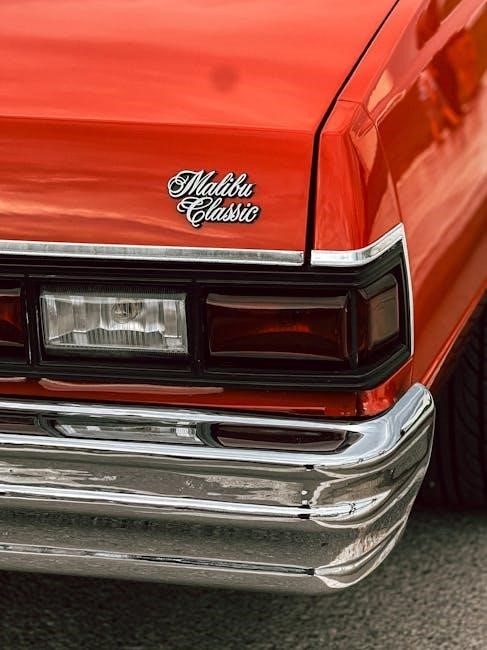
Maintenance and Care
Regular maintenance is crucial for optimal performance and longevity. This section details recommended schedules for fluid checks‚ tire care‚ and component replacements.
Recommended Maintenance Schedule
Maintaining your 2013 Chevy Malibu involves a structured schedule to ensure reliability and prevent costly repairs. Every 7‚500 miles (or six months‚ whichever comes first)‚ an oil and filter change is essential‚ utilizing the specified grade outlined in the ‘Fueling and Fuel Requirements’ section; Tire rotation should coincide with oil changes to promote even wear.
At 15‚000 miles‚ add a cabin air filter replacement to the routine. Inspect brake pads‚ rotors‚ and fluid levels. By 30‚000 miles‚ consider replacing the engine air filter‚ inspecting drive belts and hoses‚ and checking the cooling system. A more comprehensive inspection‚ including transmission fluid‚ power steering fluid‚ and differential fluid (if applicable)‚ is recommended at 60‚000 miles. Adhering to this schedule maximizes vehicle lifespan.
Checking Fluid Levels (Oil‚ Coolant‚ Brake Fluid)
Regularly inspecting fluid levels is crucial for your 2013 Malibu’s health. Park on level ground and allow the engine to cool. For oil‚ locate the dipstick‚ wipe clean‚ reinsert fully‚ and check the level – it should be between the ‘min’ and ‘max’ marks. Coolant levels are viewed in the translucent reservoir; ensure it’s at the ‘full’ line when cold.
Brake fluid‚ found in the master cylinder reservoir‚ should also be near the ‘max’ line. Caution: Brake fluid is corrosive. If any fluid is consistently low‚ investigate for leaks. Refer to the ‘Troubleshooting Common Issues’ section if you suspect a problem. Maintaining proper fluid levels prevents damage and ensures optimal performance.
Tire Pressure and Maintenance
Maintaining correct tire pressure is vital for safety‚ fuel efficiency‚ and tire longevity in your 2013 Malibu. The recommended PSI (pounds per square inch) is located on a sticker inside the driver’s side doorjamb‚ not on the tire sidewall. Check pressure when tires are cold – before driving or after being parked for at least three hours.
Regularly inspect tires for wear and tear‚ including uneven tread patterns‚ bulges‚ or cuts. Rotate tires every 7‚500 miles to promote even wear. Ensure proper wheel alignment. Ignoring tire maintenance can lead to blowouts and compromised handling. Refer to the ‘Recommended Maintenance Schedule’ for detailed intervals.
Replacing Windshield Wipers
Maintaining clear visibility is crucial for safe driving; replace windshield wipers when they streak or chatter. To replace‚ lift the wiper arm away from the windshield. Locate the release tab on the wiper blade – it varies by blade type‚ so consult your auto parts store. Press or slide the tab to release the old blade‚ then detach it from the wiper arm.
Attach the new wiper blade‚ ensuring it clicks securely into place. Lower the wiper arm gently. Repeat for the other wiper blade. Regularly inspect wiper blades for cracks or damage. Proper wiper function significantly improves safety during inclement weather.

Troubleshooting Common Issues
This section details solutions for typical 2013 Malibu problems‚ including dead batteries‚ overheating‚ warning lights‚ and jump-starting procedures for quick resolutions.
Dealing with a Dead Battery
A dead battery can leave you stranded. First‚ ensure the issue is truly the battery and not another electrical fault. Check for corrosion on the terminals and clean them if necessary. If you have jumper cables and another vehicle available‚ carefully follow the jump-starting procedure outlined in the manual – incorrect connection can damage your Malibu’s electrical system.
If you don’t have cables‚ consider roadside assistance. Repeated dead batteries suggest a failing battery or a parasitic drain. Have the battery tested and the charging system inspected by a qualified mechanic. Replacing the battery might be necessary‚ and addressing any underlying electrical issues will prevent future occurrences. Remember safety first – avoid sparks and wear eye protection.
Jump Starting Procedures
When jump-starting your 2013 Malibu‚ safety is paramount. Position the assisting vehicle close enough for the cables to reach‚ but avoid contact. Connect the positive (+) cable to the positive terminal of the dead battery‚ then to the positive terminal of the good battery. Next‚ connect the negative (-) cable to the negative terminal of the good battery‚ and finally‚ to a grounded metal surface on your Malibu – not the negative terminal of the dead battery.
Start the assisting vehicle and let it run for a few minutes. Then‚ attempt to start your Malibu. If it starts‚ let both vehicles run for several minutes before disconnecting the cables in the reverse order of connection. If it doesn’t start‚ check connections and repeat. Consult a professional if issues persist.
What to Do If Your Car Overheats
If your 2013 Malibu’s temperature gauge rises into the red‚ or the “hot engine” warning light illuminates‚ safely pull over to the side of the road immediately. Turn off the air conditioner and turn on the heater to full blast – this helps draw heat away from the engine.
Allow the engine to cool completely before attempting to check the coolant level. Never open the radiator cap while the engine is hot‚ as this can cause severe burns. Once cooled‚ carefully check the coolant reservoir. If low‚ add coolant (a 50/50 mix of antifreeze and water). If overheating persists‚ have your Malibu towed to a qualified mechanic for inspection.
Understanding Warning Lights
Your 2013 Chevy Malibu utilizes a series of warning lights to alert you to potential issues. The Check Engine light indicates a problem with the engine or emissions system – schedule a diagnostic check. A solid ABS light signals an issue with the anti-lock braking system. The Low Tire Pressure light indicates insufficient pressure in one or more tires; check and inflate accordingly.
The Oil Pressure light requires immediate attention‚ as it suggests insufficient oil lubrication. A flashing Security light may indicate a problem with the vehicle’s anti-theft system. Refer to your owner’s manual for a comprehensive explanation of each warning light and recommended actions.

Safety Features in Detail
The 2013 Malibu prioritizes occupant protection with advanced systems like airbags‚ ABS‚ and stability control‚ enhancing safety during various driving conditions.
Airbag System Operation
The 2013 Chevy Malibu is equipped with an advanced airbag system designed to provide crucial protection during a collision. This system includes front and side airbags for both front occupants‚ as well as side curtain airbags protecting those in the outboard rear seating positions.
Airbags are supplemental restraints and work in conjunction with seat belts – always wear your seat belt! Airbags deploy rapidly upon detection of a significant impact‚ cushioning occupants and reducing the risk of serious injury. The system’s sensors determine deployment based on impact severity and direction.
Important considerations: Children should always be properly restrained in the rear seats. Never place a rear-facing infant seat in front of an active airbag. Tampering with the airbag system can be dangerous and compromise its effectiveness. Refer to the owner’s manual for detailed information and warnings.
Anti-lock Braking System (ABS)
The 2013 Chevy Malibu features an Anti-lock Braking System (ABS) designed to enhance braking control‚ particularly during emergency stops or on slippery surfaces. ABS prevents wheel lockup‚ allowing the driver to maintain steering control while braking forcefully. You may feel a pulsing sensation in the brake pedal when ABS activates – this is normal and indicates the system is functioning correctly.
To activate ABS‚ apply firm and continuous pressure to the brake pedal. Do not pump the brakes; let the system work. ABS will automatically modulate brake pressure to each wheel individually.
Important Note: ABS does not shorten stopping distances necessarily‚ but it allows you to steer around obstacles while braking. Regular maintenance of the braking system is crucial for optimal ABS performance. Consult the owner’s manual for further details and troubleshooting information.
Stability Control System
The 2013 Chevy Malibu is equipped with a Stability Control System (StabiliTrak) designed to help maintain directional control during challenging driving conditions. This system detects and mitigates skidding or loss of control by selectively applying brakes to individual wheels and adjusting engine torque.
When StabiliTrak activates‚ you may notice a flashing indicator light on the dashboard and feel a subtle pulsing sensation. This indicates the system is working to correct a potential loss of control. Continue steering in the intended direction and avoid abrupt steering or braking maneuvers.
StabiliTrak enhances vehicle stability but does not eliminate the risks associated with driving. Always drive responsibly and adjust your speed to suit road and weather conditions. Regular vehicle maintenance‚ including tire checks‚ is vital for optimal system performance.

Specifics of the 2013 Malibu
The 2013 Malibu offered diverse engine options (2.4L‚ 2.5L‚ 3.6L) and trim levels—LS‚ LT‚ ECO‚ and Turbo—each with unique features and capabilities.
Engine Specifications (2.4L‚ 2.5L‚ 3.6L)
The 2013 Chevrolet Malibu presented drivers with a selection of three distinct engine options‚ catering to varied performance and efficiency preferences. The standard engine was a 2.4-liter four-cylinder‚ producing approximately 162 horsepower and 150 lb-ft of torque‚ prioritizing fuel economy. An upgraded 2.5-liter four-cylinder engine delivered around 197 horsepower and 186 lb-ft of torque‚ offering a balance between power and efficiency.
For those seeking enhanced performance‚ a potent 3.6-liter V6 engine was available‚ generating an impressive 255 horsepower and 252 lb-ft of torque. This engine provided brisk acceleration and a more dynamic driving experience. Each engine was designed for reliability and optimal performance when paired with the vehicle’s transmission options‚ ensuring a smooth and responsive ride.
Trim Levels and Features (LS‚ LT‚ ECO‚ Turbo)
The 2013 Chevy Malibu was offered in four primary trim levels: LS‚ LT‚ ECO‚ and Turbo‚ each building upon the previous one with added features and refinements; The LS served as the base model‚ providing essential amenities. Stepping up to the LT added features like alloy wheels and an upgraded audio system.
The ECO trim focused on maximizing fuel efficiency with specific aerodynamic enhancements and engine tuning. The top-tier Turbo model boasted the powerful 2.0-liter turbocharged engine‚ along with premium features such as leather upholstery and advanced infotainment options. Each trim level aimed to cater to a diverse range of buyer preferences and budgets‚ offering a well-rounded vehicle experience.
Infotainment System Guide
The 2013 Chevy Malibu’s infotainment system served as the central hub for audio‚ navigation‚ and connectivity. Base models featured a standard radio with a display screen‚ while higher trims offered the Chevrolet MyLink system. MyLink provided a user-friendly touchscreen interface‚ enabling smartphone integration via Bluetooth and USB.
Features included AM/FM radio‚ CD player‚ and auxiliary input. Navigation was available as an upgrade‚ providing turn-by-turn directions. The system also supported OnStar‚ Chevrolet’s telematics service‚ offering features like automatic crash response and remote diagnostics. Understanding the system’s menus and controls enhances the overall driving experience.

Warranty Information
The 2013 Malibu came with a New Vehicle Limited Warranty and a Powertrain Warranty‚ offering coverage for repairs and component failures. Details are within.
New Vehicle Limited Warranty
The New Vehicle Limited Warranty for the 2013 Chevrolet Malibu offered comprehensive coverage for defects in materials or workmanship. This typically included coverage for repairs needed to correct manufacturing flaws during the warranty period. Generally‚ this warranty covered four years or 50‚000 miles‚ whichever came first‚ from the original vehicle delivery date.
Coverage encompassed most vehicle components‚ excluding items subject to normal wear and tear‚ such as brake pads‚ tires‚ and windshield wipers. The warranty was transferable to subsequent owners during the initial coverage period‚ providing peace of mind for future buyers. Specific details and exclusions were outlined in the original warranty booklet provided with the vehicle.

Powertrain Warranty Details
The 2013 Chevy Malibu’s Powertrain Warranty offered extended coverage for the vehicle’s most vital components. This typically included the engine‚ transmission‚ and drivetrain; Specifically‚ it generally provided coverage for five years or 100‚000 miles‚ whichever occurred first‚ from the original in-service date.
This warranty protected against defects in these core systems‚ ensuring long-term reliability. Like the New Vehicle Limited Warranty‚ it was often transferable to subsequent owners within the specified timeframe. However‚ it’s crucial to review the original warranty documentation for precise terms‚ conditions‚ and any potential exclusions related to powertrain component coverage. Proper maintenance records were usually required to validate claims.

